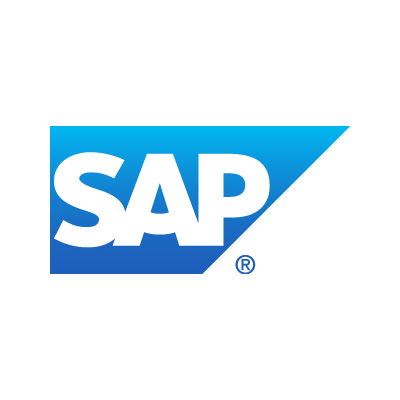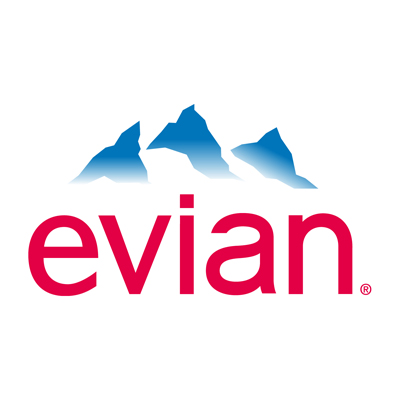Serving more than 388,000 clients in 180 countries, SAP is the world’s largest provider of enterprise application software. Its portfolio ranges from application software, predictive analytics, artificial intelligence for cloud-based marketing, and cloud solutions namely with 40 datacenters in 12 countries. SAP has committed to be carbon neutral by 2025. Marcus Wagner, Global Environmental Director at SAP, explains his company’s journey towards carbon neutrality.

- 77% of the world’s transaction revenue touches an SAP system
- >388,000 clients in 180 countries
- SAP aims be become carbon neutral by 2025
- The leading software company in sustainability indices
Livelihoods Venture: How did your journey towards carbon neutrality begin?
Marcus Wagner: Back in 2008, we kicked off our sustainability journey with ambitious targets on carbon emission reduction. Our goal was then to cut our emissions back to the level of 2000 by 2020, besides continuous business growth. We implemented our ‘avoid – reduce – compensate’ program and have reached our 2020 target ahead of time. So, we decided to commit to an even bigger ambition by being carbon neutral by 2025.
We consider that addressing climate change is part of the obligations of our company. Moreover, a study[1] shows that is possible, during the next 15 years, to hold worldwide carbon emissions to 2015 levels by using information and communication technology. SAP has therefore holistically embedded sustainability in its business strategy, and this is the most important strategic direction for any company which wants to engage in this journey. SAP designs its solutions in a way that they contribute to the Sustainable Development Goals (SDGs) and carbon neutrality directly impacts SDG 13 on climate action.
As a market leader, we continue to transform SAP to a role model of a sustainable company. We support each of our customers to become a best-run business. It starts with us paving the way and providing them with innovative solutions to help them reach their sustainability objectives.
L.V.: How is your carbon neutrality commitment impacting your daily business?
M.W.: SAP’s carbon neutrality commitment includes all direct (“scope 1”), indirect (“scope 2”) and selected categories of our value chain (“scope 3”) emissions such as business flights, employee commuting, and external data centers. For example, business flights are responsible for about half of our global carbon emissions. We have more than 20,000 employees in customer facing roles, supporting our clients. Thus, business travel is a major challenge. In the previous years, up to 10 SAP experts were needed to interact with a client during an onsite workshop. Today, a greater number of employees join these customer workshops remotely, using for example video conferencing and thereby avoiding business travel.
Since 2015, we have implemented an internal carbon-pricing strategy for business flights in selected countries. This raises awareness for supporting climate-friendly business decisions. And it has a direct impact on our company’s results as our focus on carbon emission reductions has avoided a cumulative cost of € 206 million in the past three years.
Additionally, all our datacenters have been powered by 100% renewable energy since 2014. In this way, we offer “green cloud” data centers and provide best in class services to our customers who have growing expectations on sustainability.
L.V.: How are carbon offsets integrated in your carbon neutrality agenda?
M.W.: SAP’s carbon neutrality journey follows an “avoid – reduce – compensate” approach. Whenever possible, we aim to avoid the creation of carbon emissions. This is our priority (e.g. usage of virtual telecommunication instead of business flights). If we cannot avoid carbon emissions, we work on efficiency and carbon reduction for all types of activities (e.g. building efficiency, data center operations, carpooling and car sharing, e-mobility). And for the emissions we cannot avoid, we invest in carbon reduction projects meeting the highest quality standards, such as Gold Standard, in addition to our internal carbon pricing model for CO2-free travelling.
The Livelihoods Carbon Fund is a very innovative business model and SAP is committed as valuable partner and investor in the Livelihoods Fund since 2011. Its business model connects communities by creating win-win situations for all partners. The Fund helps to scale the impact and share investment risks – heading for long-term success and even bigger impact. That is why we renewed our investment in the Livelihoods Carbon Fund #2 in 2017 to meet our carbon neutrality goal.
Livelihoods Carbon Fund is a wonderful opportunity for companies to compensate those carbon emissions they can neither avoid nor reduce and become a carbon-neutral company.
[1] http://smarter2030.gesi.org/downloads/Full_report.pdf
Photo: SAP
Read also:

“We invest 7% of our net income in our carbon neutrality each year”,
Lionel Habasque
CEO of Voyageurs du Monde

“Our projects go beyond carbon offsets”,
Eric Soubeiran,
Global Nature & Climate Director at Danone


